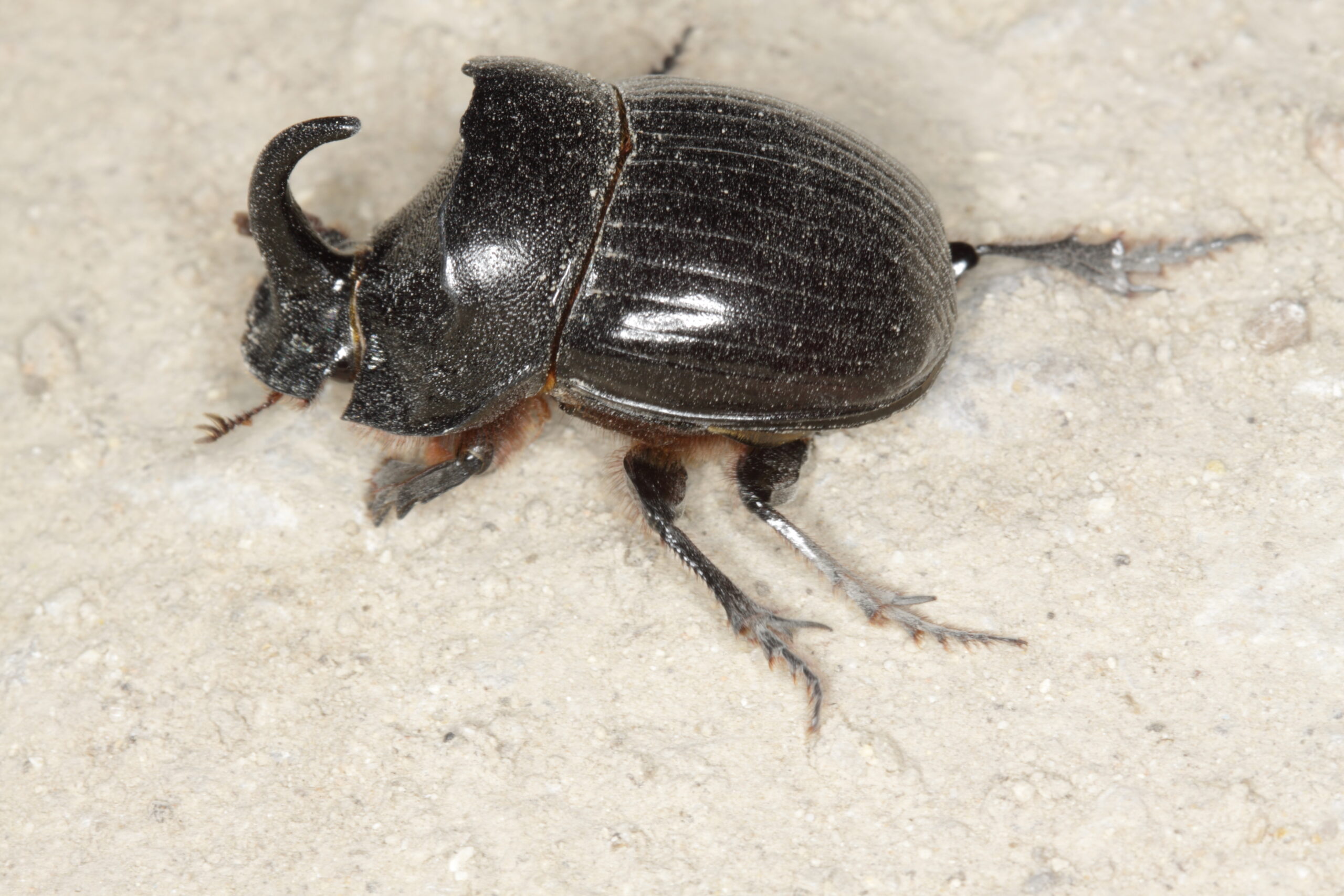Amphibians
Yecla is home to a variety of fascinating amphibians, perfect for wildlife enthusiasts to discover.
Common Frog (Pelophylax perezi): Often found near ponds and streams. They are known for their distinctive green colour and vocal croaks.
Southern Spotted Toad (Discoglossus jeanneae): A rare species, usually spotted in shallow waters or moist environments.
Natterjack Toad (Bufo calamita): Recognisable by their distinctive yellow stripe down their back. They are typically found in sandy areas.
Spadefoot Toad (Pelobates cultripes): Known for their digging abilities so usually found in loose soil.
Common Midwife Toad (Alytes obstetricans): Males carry eggs on their back until they hatch. They are often found in rocky areas.
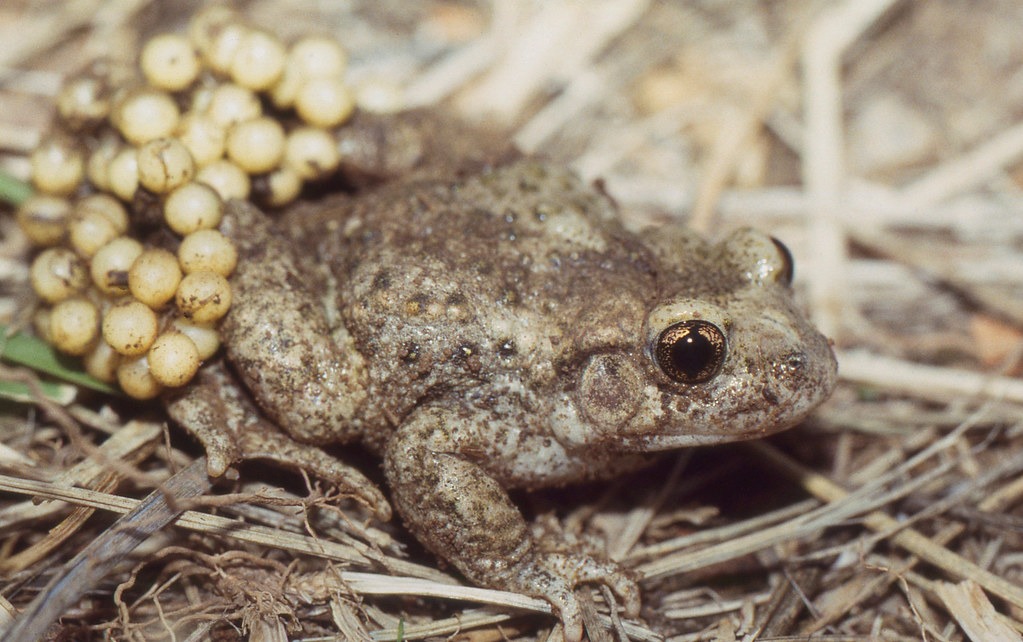
Birds
Birdwatchers will find Yecla a paradise with its diverse bird species.
Common Tree-Creeper (Certhia brachydactyla): Small birds that spiral up tree trunks looking for insects.
Common Curlew (Burhinus oedicnemus): Wading birds with long, curved bills, typically seen in open fields.
Royal Owl (Bubo bubo): Large owls known for their deep hoots and impressive size.
Zitting Cisticola (Cisticola juncidis): Small, insectivorous birds often found in grasslands.
Eurasian Lark (Melanocorypha calandra): Known for their aerial displays and singing.
Great Tit (Parus major) & Coal Tit (Parus ater): Common garden birds recognised by their colourful plumage and active behaviour.
European Roller (Coracias garrulus): Brightly coloured birds often seen performing acrobatic flights.
Common Kestrel (Falco tinnunculus): Birds of prey often seen hovering in search of small mammals.
Brown Nightjar (Caprimulgus ruficollis): Nocturnal birds known for their camouflaged plumage and night-time calls.
Golden Eagle (Aquila chrysaetos): Bird of prey living in the Northern Hemisphere. It is the most widely distributed species of eagle.
Red-Billed Chough (Pyrrhocorax pyrrhocorax): Social birds with distinctive red bills and feet.
Common Quail (Coturnix coturnix): Small ground-dwelling birds often found in fields.
Common Larks and Mountain Larks (Galerida cristata, Galerida theklae): Known for their elaborate songs and crests.
Various Wheatears (Oenanthe oenanthe, Oenanthe leucura, Oenanthe hispanica): Small, ground-feeding birds with contrasting plumage.
Northern Shrike (Lanius excubitor) & Common Shrike (Lanius senator): Predatory songbirds known for impaling prey on thorns.
Still Lark Woodlark (Lullula arborea): Recognisable by their melodic singing, often found in open woodlands.
Tail Lifter (Cercotrichas galactotes): Small birds with distinctive tail movements.
European Scops Owl (Otus scops): Small nocturnal owls with a distinctive, repetitive call.
Common House Martin (Delichon urbicum) & Rock Martin (Ptyonoprogne rupestris): Swallow-like birds often seen flying in groups around buildings and cliffs.
European Bee-Eater (Merops apiaster): Vibrant, colourful birds often seen catching insects mid-air.
Hoopoe (Upupa epops): Known for their distinctive crown of feathers and unique call.
Black Crow (Corvus corone) & Raven (Corvus corax): Intelligent birds often seen in pairs or small groups.
European Cuckoo (Cuculus canorus): Known for their distinctive call and parasitic breeding behaviour.
Various Warblers (Sylvia spp.): Small, insectivorous birds with distinctive songs and varied habitats.
Sandgrouse (Pterocles orientalis): Ground-dwelling birds often found in arid environments.
Barn Swallow (Hirundo rustica): Common migratory birds known for their forked tails and agile flight.
Various Sparrows (Passer spp.): Ubiquitous small birds often found in urban and rural settings.
Goldfinch (Carduelis carduelis): Colourful finches with a distinctive red face.
White Wagtail (Motacilla alba): Known for their constant tail wagging and preference for open, wet areas.
Barn Owl (Tyto alba): Nocturnal birds with a distinctive heart-shaped face.
Blackbird (Turdus merula): Common garden birds known for their melodious singing.
Little Owl (Athene noctua): Small owls often seen perched on posts during the day.
European Oriole (Oriolus oriolus): Brightly coloured birds often found in wooded areas.
Various Pigeons (Columba spp.): Common urban and rural birds, including domestic and wild species.
Pied Flycatchers and Grey Flycatchers (Ficedula hypoleuca, Muscicapa striata): Small birds known for their insect-catching abilities.
Common Linnet (Carduelis cannabina): Small finches often seen in flocks.
Red Partridge (Alectoris rufa): Ground-dwelling birds often found in open fields.
Chaffinch (Fringilla coelebs): Common finches with distinctive calls.
Common Crossbill (Loxia curvirostra): Birds with unique crossed bills adapted for extracting seeds from cones.
Woodpecker (Picus viridis): Known for their distinctive drumming on trees.
Solitary Rock Thrush (Monticola solitarius): Often found in rocky areas and cliffs.
Common Nightingale (Luscinia megarhynchos): Renowned for their beautiful, melodic songs.
Common and Little Bustards (Tetrax tetrax): Large, ground-dwelling birds often found in open fields.
Stonechat (Saxicola torquatus): Small birds often seen perched on shrubs and fences.
Various Larks (Calandrella spp.): Known for their elaborate songs and aerial displays.
Invertebrates
Yecla is also home to unique invertebrates that add to its rich biodiversity.
Spanish Dung Beetle (Copris hispanus): Spanish dung beetles play a crucial role in breaking down animal waste and dead plants.
Chazara prieuri Butterfly (Chazara prieuri): A butterfly species known for its distinctive wing patterns.
Long-horned beetle (Ergates faber): This beetle is commonly found among the trunks of dead pine trees.
Mammals
For those interested in spotting mammals, Yecla offers a variety of species.
Common Squirrel (Sciurus vulgaris): Often seen in wooded areas and parks.
Mountain Goat (Ibex, Capra pyrenaica): Typically found in rocky and mountainous regions.
Common Rabbit (Oryctolagus cuniculus) & Iberian Hare (Lepus granatensis): Commonly seen in fields and meadows.
Common Hedgehog (Erinaceus europaeus): Nocturnal creatures often found in gardens and underbrush.
Fox (Vulpes vulpes): Frequently spotted in rural areas.
Genet or Musk Cat (Genetta genetta): Nocturnal animals with distinctive spotted fur.
Wild Pig (Sus scrofa): Found in forested areas and known for their rooting behaviour.
Bats (Pipistrellus kuhlii, Rhinolophus hipposideros): Various species of bats that can be seen at dusk.
Grey Shrew (Crocidura russula): Small mammals often found in grassy areas.
Rats and Mice (Rattus norvegicus, Rattus rattus, Mus musculus, Mus spretus): Common in urban and rural settings.
Mediterranean Vole (Microtus duodecimcostatus): Typically found in grasslands and agricultural areas.
Reptiles
Reptile enthusiasts will find a range of species in Yecla.
Bastard Snake (Malpolon monspessulanus): A large, non-venomous snake found in various habitats.
Collared Snake (Natrix natrix): Often seen near water bodies.
Ladder Snake (Rhinechis scalaris): Recognisable by its ladder-like pattern on the back.
Horseshoe Snake (Hemorrhois hippocrepis): Known for its horseshoe-shaped markings.
Southern Smooth Snake (Coronella girondica): A small, non-venomous snake.
Viperine Snake (Natrix maura): Often found near water, mimics the appearance of a viper.
Ocellated Lizard (Lacerta lepida, Timon lepidus): Large, colourful lizards often found in open areas.
Common Gecko (Tarentola mauritanica): Often seen on walls and rocks, active at night.
Pink Gecko (Hemidactylus turcicus): Small, nocturnal lizards.
Blind Snake (Blanus cinereus): A burrowing snake that resembles a worm.
Iberian Skink (Chalcides bedriagai): A small, shiny lizard.
Ashy Lizard (Psammodromus hispanicus): Known for their agility and speed.
Long-Tailed Lizard (Psammodromus algirus): Easily recognisable by their long tails.
Iberian Lizard (Podarcis hispanica): Often seen basking on rocks.
Flora in the Environment of Yecla
Agricultural and Artificial Meadows
Area: 14,380.4 ha (38.77%)
Description: Extensive fields primarily used for agriculture and other human activities.
Aleppo Pine Forests
Natural Forest: 11,463.5 ha (30.90%)
Plantation Forest: 1,845.47 ha (4.98%)
Description: Dominated by Aleppo pines, these forests offer a mix of natural and planted areas.
Shrubland
Area: 6,557.57 ha (17.68%)
Description: Characterised by low-lying shrubs and bushes, providing a habitat for various wildlife species.
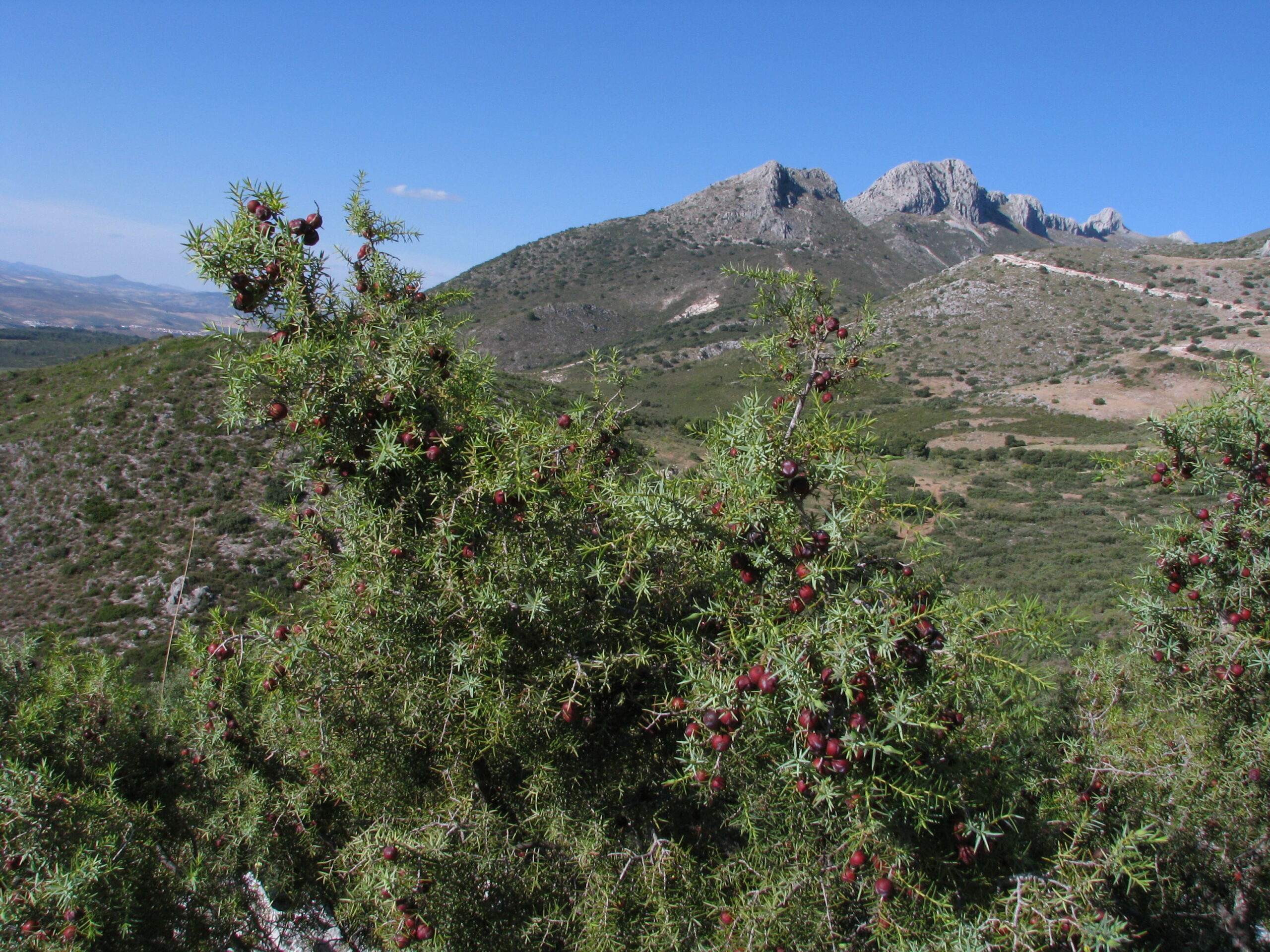
Scattered Coniferous Trees
Area: 783.29 ha (2.11%)
Description: Areas with dispersed coniferous trees, creating a mosaic of forest and open space.
Artificial Areas
Area: 639.56 ha (1.72%)
Description: Includes urban development and infrastructure.
Mixtures of Native Conifers and Hardwoods
Natural Forest: 379.31 ha (1.02%)
Plantation Forest: 378.06 ha (1.02%)
Description: Mixed forests providing diverse habitats.
Shrub Grassland
Area: 145.69 ha (0.39%)
Description: Open areas with a mix of shrubs and grasses.
Trees Intermingled with Crops
Area: 143.9 ha (0.39%)
Description: Agricultural areas interspersed with trees.
Juniper Forests
Area: 104.54 ha (0.28%)
Description: Forests dominated by juniper species.
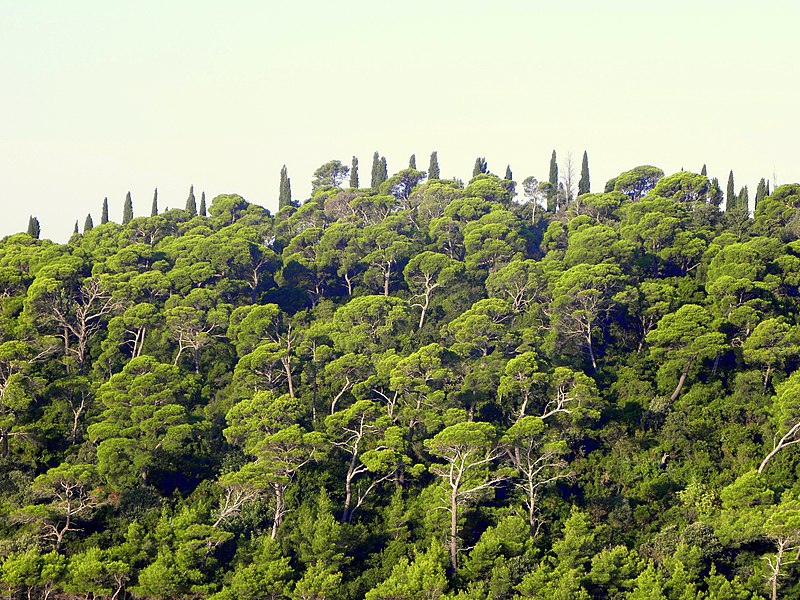
Holm Oak Forests
Area: 80.23 ha (0.22%)
Description: Forests with a predominance of Holm oaks.
Other Notable Areas
Mosaic Aleppo Pine Forests: 71.41 ha (0.19%)
Scattered Hardwood Trees (Plantation Forest): 38.68 ha (0.10%)
Mining, Waste Dumps, and Landfills: 31.99 ha (0.09%)
Water Bodies: 29.95 ha (0.08%)
Stone Pine Forests (Plantation Forest): 14.12 ha (0.04%)
Forest Complements: 5.75 ha (0.02%)
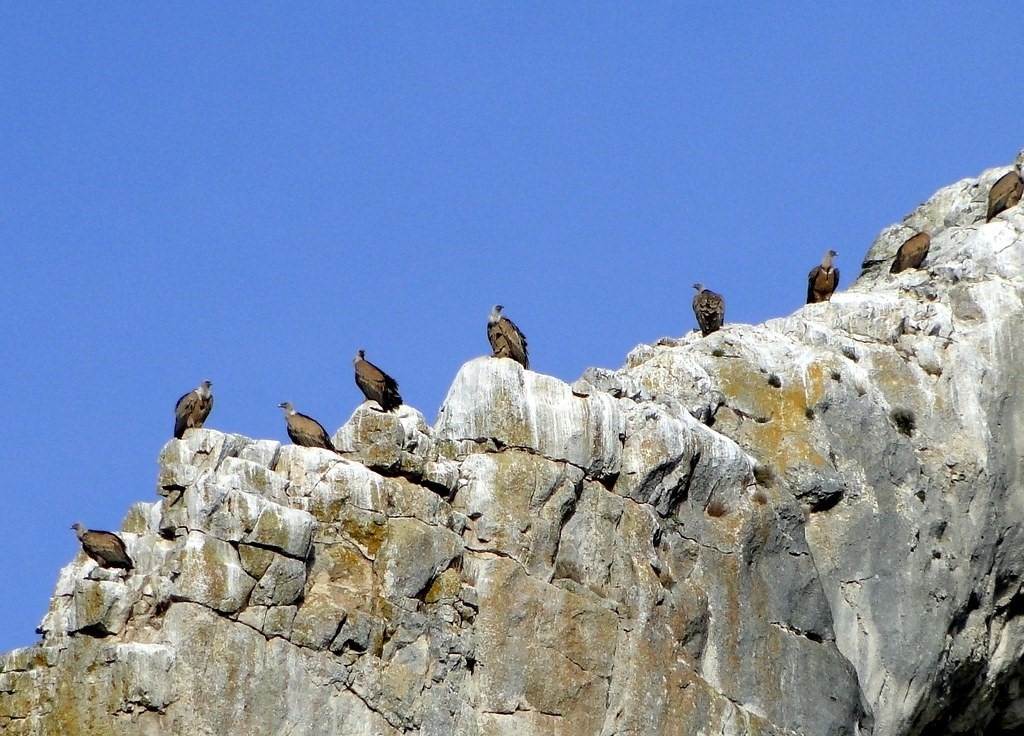
Yecla offers a rich tapestry of natural landscapes and diverse wildlife. Whether you are here to explore the vibrant bird life, discover unique reptiles and amphibians, or simply enjoy the scenic beauty of the forests and meadows, there is something for everyone to enjoy. Make sure to respect the local environment and wildlife during your explorations. Happy adventures!

